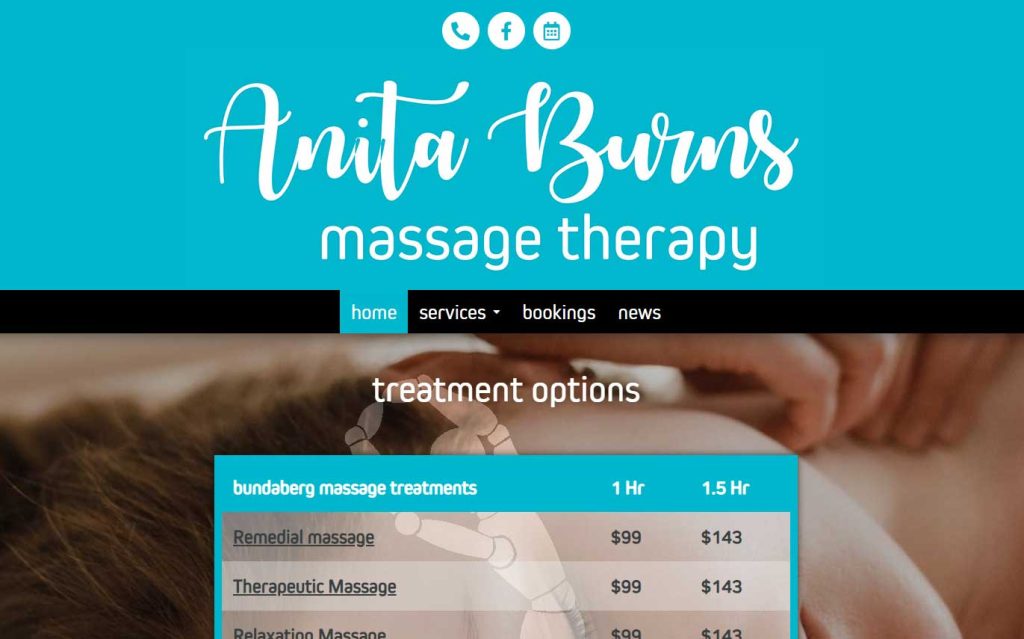Thank you Anita for your business, much appreciated. We loved creating the design elements and the website for Anita’s new business.

In today’s competitive business landscape, corporate identity plays a pivotal role in differentiating a company from its competitors and fostering brand recognition. Graphic design serves as a powerful tool in establishing and communicating the essence of a corporate identity. This article will explore the process of establishing a corporate identity using graphic design, highlighting key considerations and steps involved in creating a cohesive and visually compelling brand presence.
- Understanding the Brand The first step in establishing a corporate identity through graphic design is gaining a deep understanding of the brand itself. This involves comprehending the company’s vision, mission, values, target audience, and unique selling proposition. Conducting a brand audit and market research helps identify brand differentiators and ensures that the design elements align with the desired corporate image.
- Developing a Brand Strategy Once the brand is thoroughly understood, the next step is to develop a comprehensive brand strategy. This entails defining the brand’s personality, positioning, and key messaging. These strategic elements serve as a foundation for the visual identity to be created. Brand guidelines are established to maintain consistency across all design assets, including logos, typography, color palettes, and imagery.
- Designing the Logo The logo is the most recognizable visual element of a corporate identity and serves as the cornerstone of a brand’s visual representation. A well-designed logo captures the essence of the brand and communicates it to the target audience. Graphic designers work closely with the brand team to create a logo that is visually appealing, memorable, and reflects the brand’s values and personality.
- Crafting Visual Elements Beyond the logo, other visual elements play a vital role in establishing a corporate identity. Typography, color palettes, and imagery contribute to the overall brand perception. Typography choices should align with the brand’s tone and personality, while color palettes evoke specific emotions and associations. Imagery, such as photography or illustrations, should be carefully selected to reinforce the brand’s values and resonate with the target audience.
- Designing Marketing Collateral Graphic design extends beyond the logo and visual elements to include marketing collateral. This encompasses various materials such as business cards, brochures, stationery, packaging, and digital assets like website design and social media graphics. Consistency in design elements and brand guidelines is essential across all touchpoints to ensure a cohesive brand experience.
- Implementing the Brand Once the design elements and marketing collateral are developed, the brand needs to be implemented consistently across all channels and touchpoints. This includes physical and digital platforms, such as signage, advertising campaigns, social media, websites, and email marketing. Consistency is crucial to reinforce brand recognition and create a strong brand identity that resonates with the target audience.
Establishing a corporate identity using graphic design is a meticulous process that requires a deep understanding of the brand and strategic planning. By creating a visually appealing and consistent brand presence, companies can differentiate themselves in the marketplace, build brand recognition, and foster customer loyalty, ultimately leading to long-term success.
Talk to to at Print Acument Graphic Design to find out how we can facilitate the establishment of your corporate identity.

